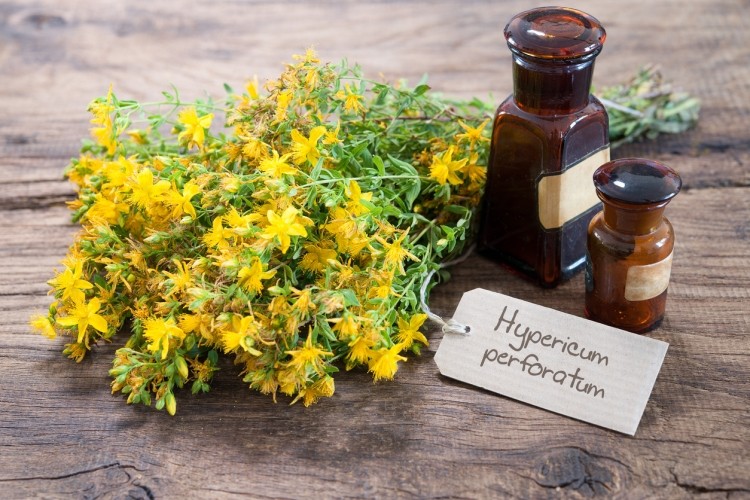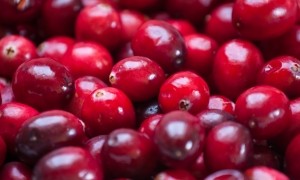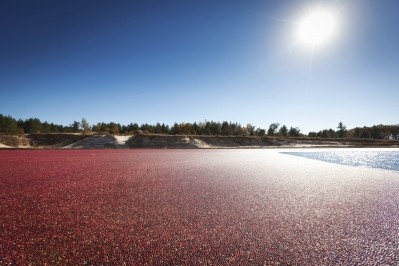More needs to be done to ensure use of standard materials in botanical research, experts say

The issue of poor choice of study material cuts both ways and allows proponents of these ingredients to in some cases have their cake and eat it, too. In the past, botanical boosters have been prone to cite research in which a wide range of study materials was used, as long as that research tended toward benefit. If a study on a particular botanical came out negative, critics were usually quick to note if a poor quality or poorly characterized study material was chosen by ill-informed researchers. These critiques were often made with good reason, but experts say the only way to rise above the mire of confounding results is for researchers to use well characterized materials all the time, so that accurate apples to apples comparisons can be made.
The question of what study material to choose is complicated by the vast multiplicity of herbal ingredients. Let’s say a researcher wants to study St. John’s Wort, for example. Dozens of ingredients and finished products are on the market, with varying specifications. How is an ingredient standardized to 0.3% hypericin different from one that just labeled as St. John’s Wort? And if a group of researchers was specifically looking for that hypericin level, what did they do to ensure that the ingredient they chose actually matches that level, or did they just accept the certificate of analysis offered by the supplier?
Slow but steady progress
The progress that has been made should not be discounted, said Stefan Gafner, chief scientific officer to the American Botanical Council.
“Overall the number and quality of clinical trials with herbal ingredients and herbal finished products are increasing,” Gafner told NutraIngredients-USA. Gafner said study designs generally have improved over the decades, with more appropriate end points chosen, leading to results that can back up claims for products. But has that improvement also meant that researchers are more often choosing the right study materials to start with?
“I would say that in the studies I’ve reviewed over the year, the answer is, ‘it depends.’ I would say in the larger studies the answer is yes, especially in studies conducted in North America, Australia and Europe. There I think the situation definitely has improved. They are looking to avoid just taking something off of the shelf that is not well defined,” he said.
“That’s not true in some other cases. There is a lot of research coming out of Iran, for example, and in that case they may be more interested in how people are actually using a given product in their homes, and studying a botanical in those kinds of preparations,” Gafner said.
Standard materials available
Christian Krueger, a research manager at the University of Wisconsin-Madison, said the situation is being addressed by some industry groups. Krueger has done a significant amount of work on the characterization of the proanthocyanidins in cranberry via a MALDI-TOF process. He said standardized materials are now available for that botanical among others.
“We have now within the cranberry industry and the strawberry and high bush blueberry councils, they all have produced standardized research materials which are often whole food freeze-dried products. That’s very important, because it would ensure that I’m working with the same material that somebody from Rutgers or the University of California-Davis might be working with,” he said.
Verifying more specific ingredients
That’s fine for base-level ingredients. But the developers of botanical ingredients have often delved more deeply into the specific benefits of their products and in so doing have honed in on specific constituents and have sought to concentrate those in an extract. In that case, a garden-variety material, however validated and standardized, is not going to offer much in the way of comparison benefits to a study conducted with such an ingredient.
“For grape seed extracts, we do know there is a very wide molecular weight range for the polyphenols in the material and different activities for the molecules along that weight range,” said James Kennedy, PhD, president of Polyphenolics, a division of Constellation Brands that markets a series of ingredients under the MegaNatural brand name.
“In the case of most sources of polyphenols, these are heterogenous systems. If your effect is because of a specific area within mix, what are you doing to characterize and quantify that actual active component?” he said.
More testing needed
Grant money is always in short supply, but Gafner said nevertheless he wishes that researchers would consider spending a little bit of it on more analytical testing before commencing their studies.
“The one wish that I have when looking at the clinical trials is that would be more verification of the product claims. If the product says it is standardized to 0.3% hypericin, I do wish they would send it out to a lab and include those lab results in the study. If you have a product from a reputable manufacturer, in 95% of the cases you might have no issues. But if you want to be completely above criticism, you really should do that work,” he said.








